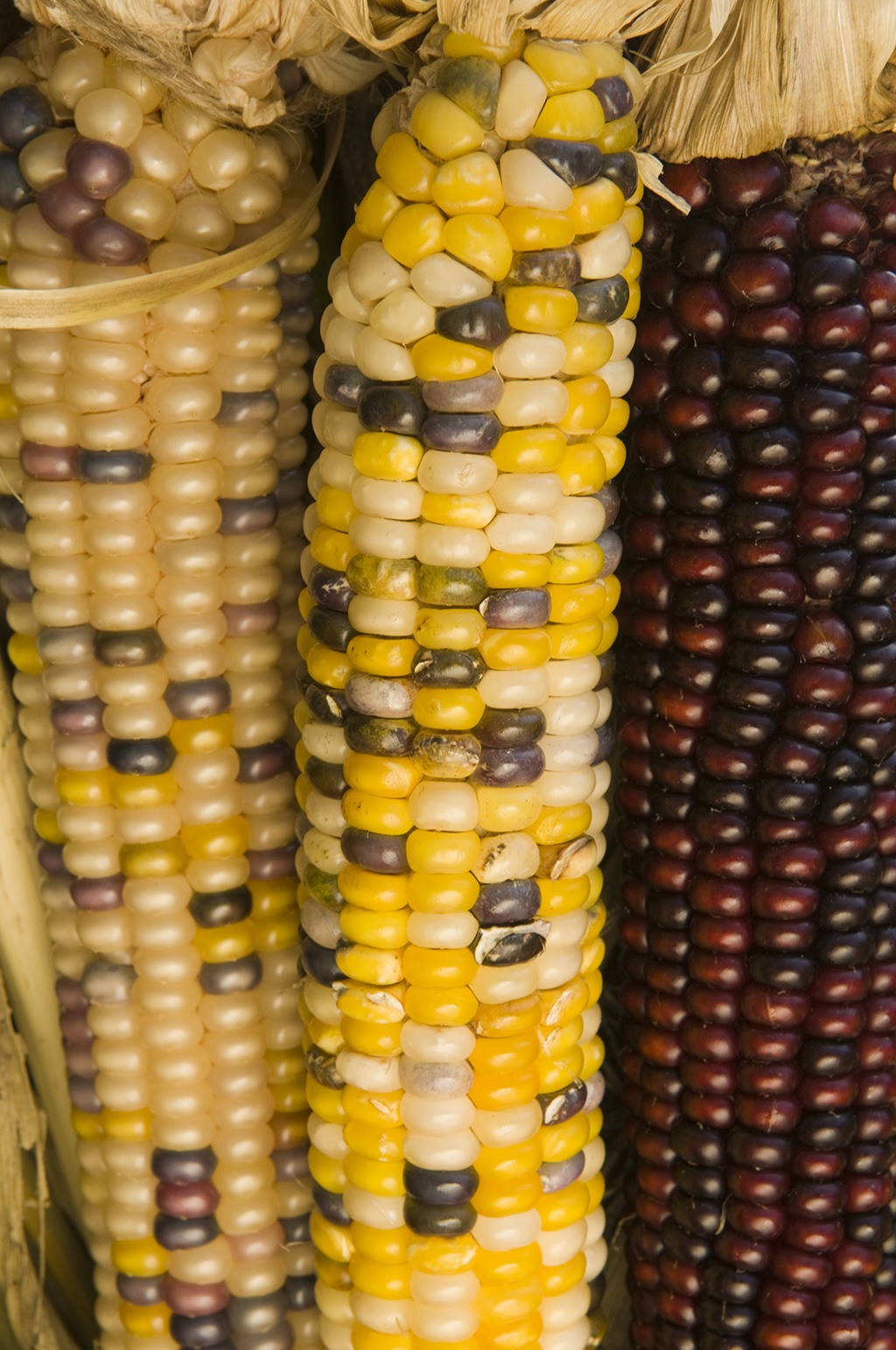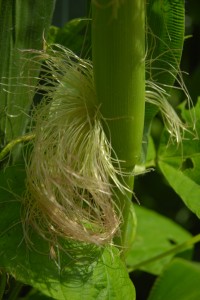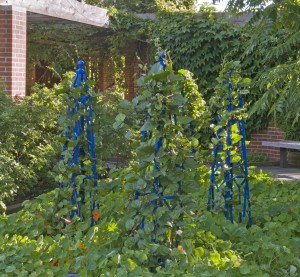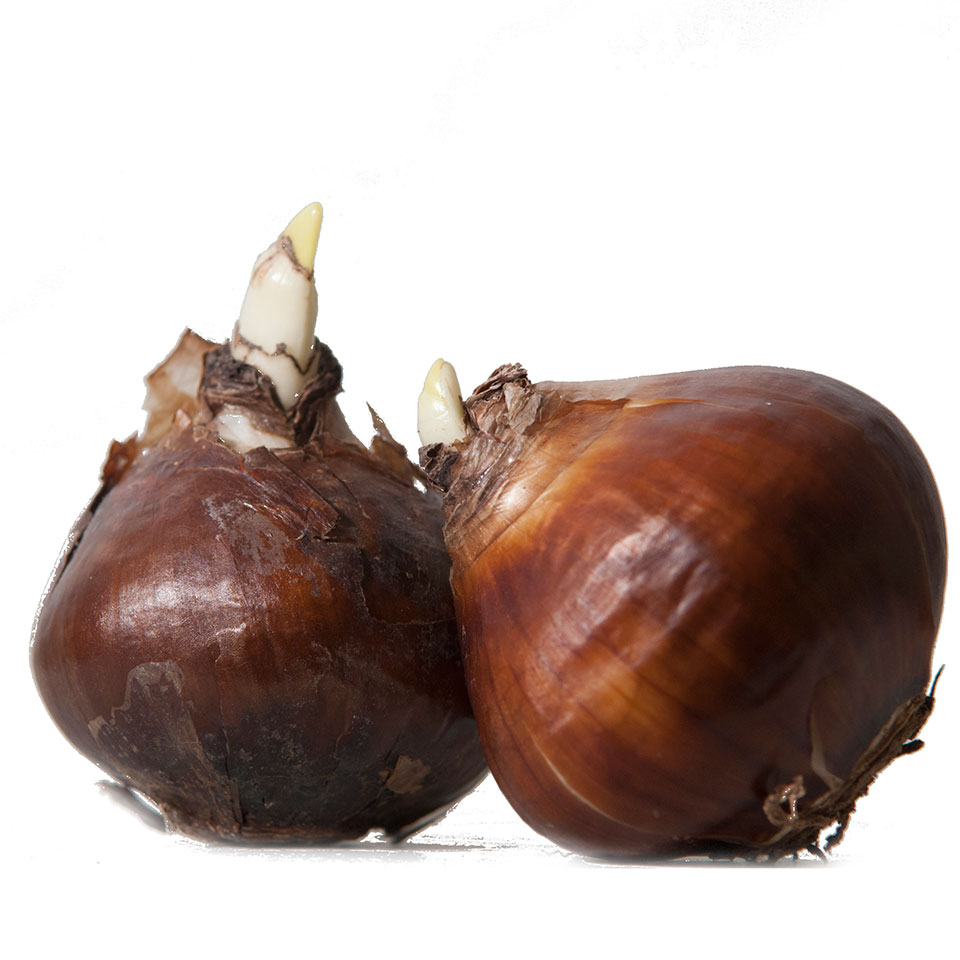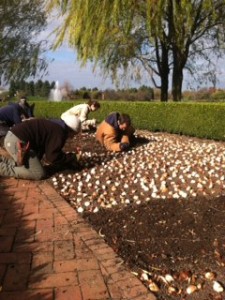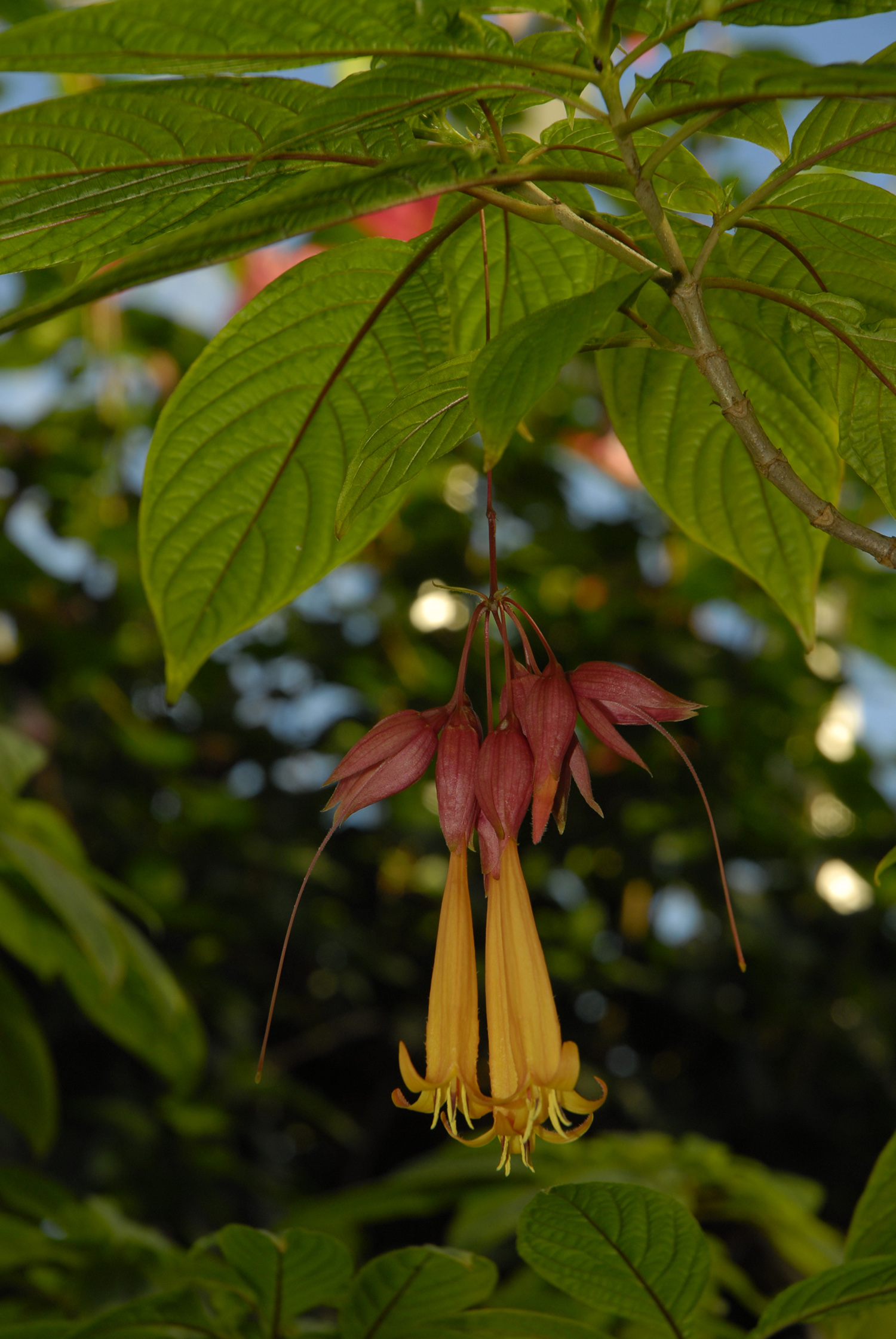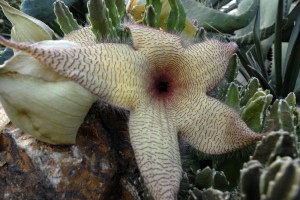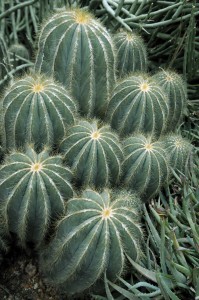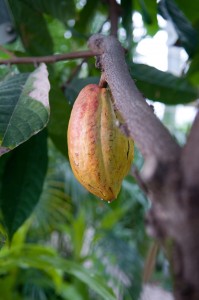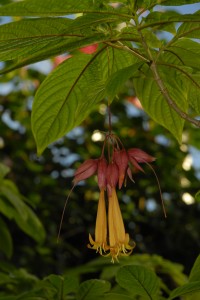Say “prohibition” and lots of other interesting words immediately spring to mind. Speakeasy. Bootleg. Moonshine. Now add a new phrase to that list: Repeal Day.
 Repeal Day is December 5. Why that date? Because on December 5, 1933, Utah cast the ratifying vote to repeal Prohibition, bringing to an end more than 13 years of a national ban on the sale, manufacture, transportation — and consumption! — of alcohol.
Repeal Day is December 5. Why that date? Because on December 5, 1933, Utah cast the ratifying vote to repeal Prohibition, bringing to an end more than 13 years of a national ban on the sale, manufacture, transportation — and consumption! — of alcohol.
Although the Eighteenth Amendment was intended to reduce crime and poverty by curbing all things alcohol, Prohibition didn’t quite turn out that way:
- Speakeasies became more numerous than the saloons they replaced.
- Average citizens became illegal “bathtub gin” distillers.
- Violence and crime skyrocketed.
- Gangsters found a foothold in society by transporting and selling liquor.
By the time the Twenty-first Amendment repealed the Eighteenth (the only time in history that’s happened), citizens had realized that prohibiting alcohol also prohibited:
- Toasting your son or daughter on his or her wedding day.
- Pressing the grapes you tended all summer into the wine you served all winter.
- The simple enjoyment of a cold beer on a hot day.
With that in mind, the folks at repealday.org decided to mark “a return to the rich traditions of craft fermentation and distillation, the legitimacy of the American bartender as a contributor to the culinary arts, and the responsible enjoyment of alcohol as a sacred social custom.”
 In the spirit of Repeal Day, we are hosting our first-ever Holiday Cheers! Seasonal Tasting event on December 5, from 6 to 8 p.m. A who’s who of Chicago distillers, brewers, and winemakers will be there to offer tastings and teachings about the city’s burgeoning spirits scene.
In the spirit of Repeal Day, we are hosting our first-ever Holiday Cheers! Seasonal Tasting event on December 5, from 6 to 8 p.m. A who’s who of Chicago distillers, brewers, and winemakers will be there to offer tastings and teachings about the city’s burgeoning spirits scene.
Join us to raise a glass to the grapes and the grains and the hops that make it all possible.
 Fun reading/resources at our Lenhardt Library:
Fun reading/resources at our Lenhardt Library:
The Encyclopedia of Chicago keeps you flipping from topic to topic, 100 Years of Brewing takes you back pre-Prohibition, and The Home Brewers Garden helps you plan next year’s garden.
©2012 Chicago Botanic Garden and my.chicagobotanic.org


